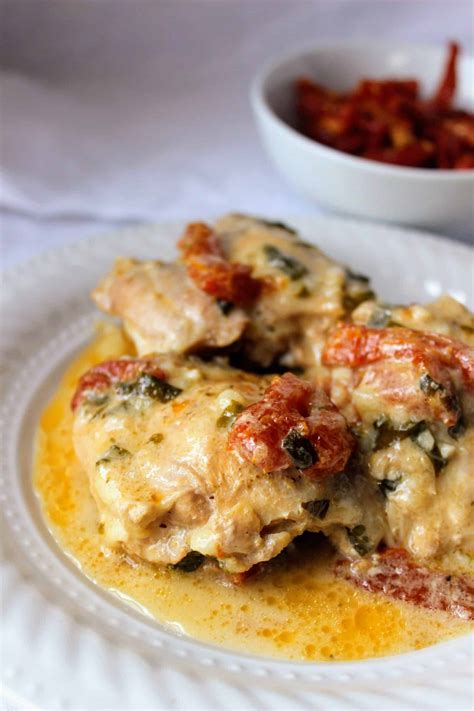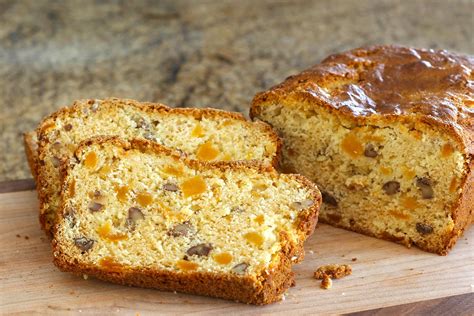Explore the rich history of Norwegian cuisine and learn about traditional dishes, popular recipes, and modern influences on this classic cooking style.
Traditional Norwegian Cuisine
Contents
Norwegian cuisine is known for its hearty and flavorful dishes, largely influenced by the country’s cold climate and long coastline. Traditional Norwegian cuisine has been shaped by the need to preserve food through the long winter months, resulting in a focus on pickling, smoking, and drying methods. The cuisine also makes use of locally-sourced ingredients such as fish, potatoes, and berries, creating dishes that are both delicious and sustaining.
One of the most iconic traditional Norwegian dishes is lutefisk, a dried whitefish soaked in lye and then rehydrated before being cooked. This dish has been a staple in Norwegian cuisine for centuries and is often served during the Christmas season. Another beloved dish is rakfisk, a type of fermented fish that is typically eaten with flatbread, potatoes, and sour cream.
Norwegian cuisine also includes a variety of hearty soups and stews, such as lapskaus, a meat and vegetable stew, and fårikål, a lamb and cabbage stew. These dishes are perfect for warming up on chilly Norwegian evenings and are often enjoyed with a side of flatbrød or unleavened bread.
In addition to preserving traditional dishes, modern Norwegian chefs are also putting unique spins on classic recipes, using local, seasonal ingredients to add new flavors and textures. This blend of tradition and innovation ensures that Norwegian cuisine remains vibrant and exciting, with something to offer for everyone.
Influences on Norwegian Cooking
Norwegian cooking is influenced by a variety of factors, including its geographical location, climate, and history. The cuisine has been shaped by the country’s proximity to the sea, with seafood such as salmon, herring, and cod being staple ingredients in many traditional dishes. In addition, Norway’s cold climate has led to the development of preservation techniques, such as pickling and smoking, which are commonly used in Norwegian cooking.
The country’s history of trade and exploration has also played a significant role in shaping Norwegian cuisine. The influence of the Vikings, who were known for their seafaring skills and trade routes, can be seen in the use of ingredients such as dried fruits, nuts, and spices in traditional Norwegian recipes. Additionally, the introduction of new cooking techniques and ingredients from other cultures, such as the Sami people and the early settlers, has contributed to the diversity of Norwegian cooking.
Furthermore, the modernization of Norwegian society has led to an increase in multicultural influences on the country’s cuisine. As a result, Norwegian cooking has evolved to include a wider range of international flavors and ingredients, while still retaining its traditional roots.
In conclusion, the influences on Norwegian cooking are diverse and have played a significant role in shaping the country’s unique culinary traditions. From its geographical location and climate to its history of trade and exploration, Norway’s cuisine reflects a rich tapestry of influences that continue to inspire and define the country’s culinary identity.
Common Ingredients in Norwegian Recipes
Norwegian cuisine is known for its use of fresh and natural ingredients, which have been influenced by the country’s geography and climate. Seafood such as salmon, herring, and cod are commonly used in Norwegian dishes, thanks to the country’s long coastline and rich marine resources. In addition to seafood, potatoes are a staple ingredient in many Norwegian recipes, as they are able to grow in the harsh climate of Norway and have been a vital part of the Norwegian diet for centuries.
Another common ingredient in Norwegian cooking is dairy products, particularly in the form of cheese and sour cream. The country’s high-quality milk and cream are used to produce a variety of cheeses, like brunost and gudbrandsdalsost, which are often used in traditional Norwegian dishes. Additionally, sour cream is frequently used to add richness and flavor to soups, stews, and sauces.
When it comes to baking, grains such as barley, oats, and rye are commonly used in Norwegian recipes. These grains are often used to make bread, porridge, and traditional pastries like lefse and krumkake. Moreover, berries like lingonberries, bilberries, and cloudberries are common ingredients in Norwegian desserts and jams, thanks to the abundance of wild berries in the Norwegian countryside.
Overall, the use of these common ingredients reflects the traditional and sustainable approach to cooking in Norway, showcasing the country’s rich culinary heritage and close connection to nature. Whether it’s a hearty fish stew or a delicate pastry, these ingredients play a crucial role in defining the distinctive flavors of Norwegian cuisine.
Popular Norwegian Dishes
Norwegian cuisine is known for its rich history and unique flavors, and there are several dishes that have gained popularity both within the country and across the world. One of the most beloved Norwegian dishes is Gravlaks, which is a type of cured salmon that is often served as an appetizer. The salmon is typically marinated in a mixture of salt, sugar, and dill, giving it a deliciously flavor. Another popular dish is Lutefisk, which is made from dried whitefish that is first soaked in lye and then rehydrated before being cooked. This dish is a staple of traditional Norwegian holiday feasts, and while it may not be to everyone’s taste, it is undeniably a part of the country’s culinary heritage.
In addition to seafood, Rømmegrøt is a popular Norwegian dish that is made from sour cream, milk, and flour, and is typically served with sugar, cinnamon, and butter. It is a creamy and comforting dish that is often enjoyed as a dessert or a sweet breakfast. Another classic Norwegian dish is Fårikål, which is a stew made from lamb, cabbage, and peppercorns. This hearty and flavorful dish is often enjoyed during the colder months and is a favorite among Norwegians.
For those with a sweet tooth, Krumkake is a popular Norwegian dessert that is made from flour, sugar, butter, and cream. The batter is poured onto a special iron and then rolled into a cone shape, creating a crispy and delicious treat that is often enjoyed during the holidays. And no list of popular Norwegian dishes would be complete without Rakfisk, which is a type of fermented fish that is typically served with flatbread, sour cream, and potatoes. While this dish may not be for the faint of heart, it is undeniably a part of Norwegian culinary tradition.
Modern Twists on Traditional Norwegian Recipes
Traditional Norwegian cuisine has its roots in the country’s abundance of natural resources such as fish, game, and dairy products. The recipes have been passed down through generations and have remained largely unchanged. However, in recent years there has been a trend towards modernizing these traditional dishes, giving them a new twist while still preserving their original flavor.
One of the common ways to add a modern twist to traditional Norwegian recipes is to incorporate international flavors and cooking techniques. For example, the classic Norwegian fish soup, known as fiskesuppe, can be infused with Thai spices and herbs to create a fusion dish that appeals to a wider audience. This blending of flavors not only adds excitement to the traditional recipes but also reflects the influence of global cuisine on Norwegian cooking.
Another approach to modernizing traditional Norwegian recipes is to experiment with presentation and plating. Chefs are now using innovative techniques to present familiar dishes in a visually striking manner. For instance, the traditional Norwegian dish of kjøttkaker, or meatballs, may be served in a deconstructed form with a modern sauce and colorful garnishes, giving it a contemporary and artistic touch.
Furthermore, the use of alternative ingredients and cooking methods has also contributed to the modernization of traditional Norwegian recipes. For instance, in place of traditional white flour, chefs are using whole grain flour or even gluten-free alternatives in baking traditional Norwegian breads like flatbrød. Additionally, cooking methods such as sous vide and smoking are being employed to add a depth of flavor to traditional dishes, elevating them to a new level of gourmet dining.











